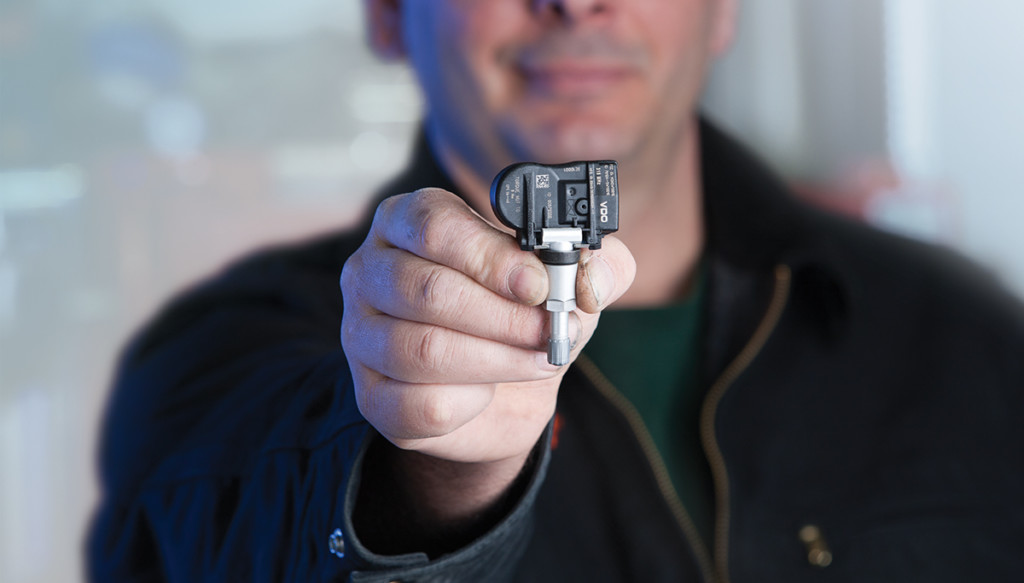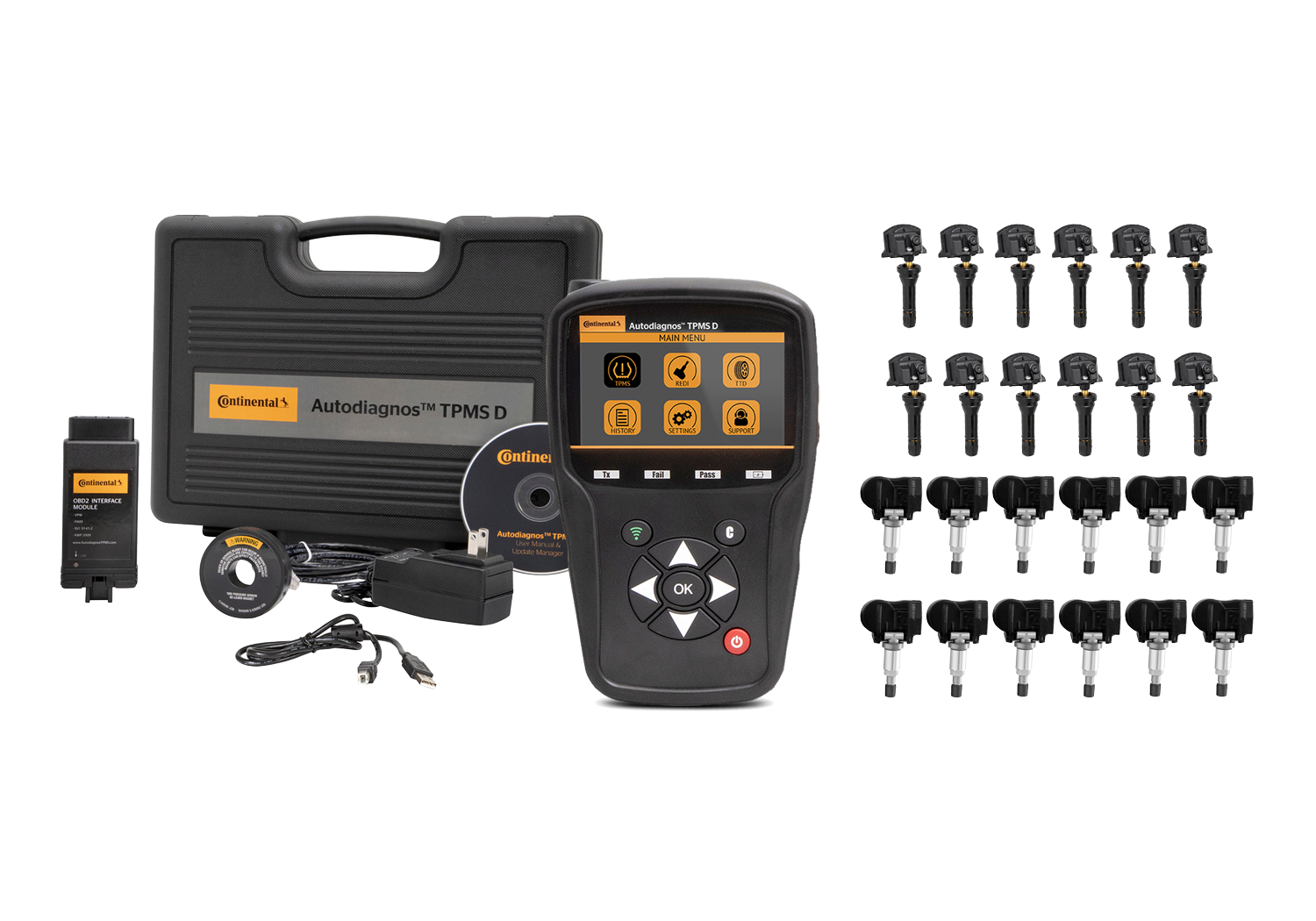If the TPMS light has come on, take action immediately. Otherwise you’re risking tire failure, serious injury, or even death.
Your vehicle’s Tire Pressure Monitoring System, or TPMS, alerts you when at least one of your tires are seriously under-inflated. It may be telling you a tire has gone completely flat.
Here’s what a TPMS light looks like:
This is not a dashboard warning light you can ignore or “deal with later” - and here’s why:
If your TPMS light is on, it means that at least one of your tires has lost at least 25% of of its air pressure, and driving with a seriously under-inflated tire is dangerous! The U.S. National Highway Traffic Safety Administration states that “Pressure below the recommended can cause high heat generation that in turn can cause rapid tire wear, tire blowout, and loss of vehicle control that may cause a crash.”
Driving at highway speeds with only 75% of the air your tire should have in it can cause the tire to heat up so much it can actually begin to melt! This can cause sudden, catastrophic tire failure and immediate loss of vehicle control – resulting in a vehicle crash or rollover.
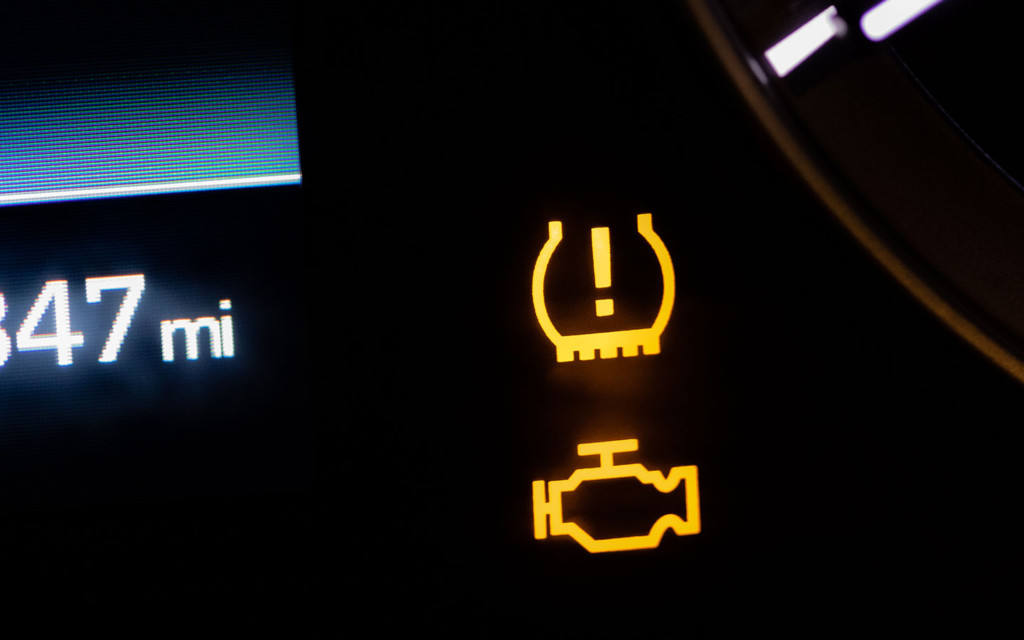
Here’s what a TPMS light looks like:
This is not a dashboard warning light you can ignore or “deal with later” - and here’s why:
If your TPMS light is on, it means that at least one of your tires has lost at least 25% of of its air pressure, and driving with a seriously under-inflated tire is dangerous! The U.S. National Highway Traffic Safety Administration states that “Pressure below the recommended can cause high heat generation that in turn can cause rapid tire wear, tire blowout, and loss of vehicle control that may cause a crash.”
Driving at highway speeds with only 75% of the air your tire should have in it can cause the tire to heat up so much it can actually begin to melt! This can cause sudden, catastrophic tire failure and immediate loss of vehicle control – resulting in a vehicle crash or rollover.
What should I do if my TPMS light is on?
If your TPMS light is on, you need to pull over immediately, determine which tire is low and change it – or have a service pro change it for you. Then, get that tire repaired as soon as possible. Don’t wait or try to drive to a service station – pull over as soon as safely possible and get it changed!
With today’s “low-profile” tires, it can be hard to see if a tire has low pressure. The tire sidewalls are so stiff that the tire doesn’t appear flat, even when the inflation may be dangerously low. A pressure gauge can tell you which tire needs to be changed.
If your TPMS light is on, don’t take it lightly. It is estimated that over 250,000 accidents are caused by under-inflated tires a year, and that more than a quarter of all injuries resulting from those accidents could have been prevented with TPMS.
If you start your vehicle and see your TPMS light flashing, then a TPMS sensor or the Tire Pressure Monitoring System is not working. You’ll need professional service diagnosis and repair. But check your tire pressures manually to make sure they’re good, even if the system is not.
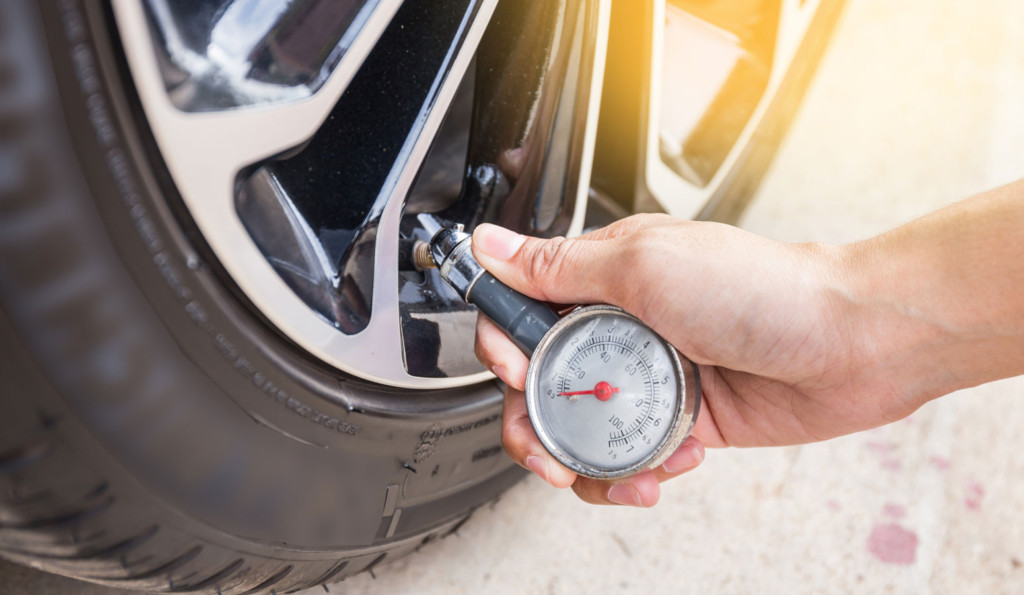
TIP: Always carry a tire pressure gauge in your vehicle. Some TPMS systems have a dashboard display that will show you which tire is low. However, many TPMS systems only provide the TPMS warning light. That’s why you should always carry a tire pressure gauge.
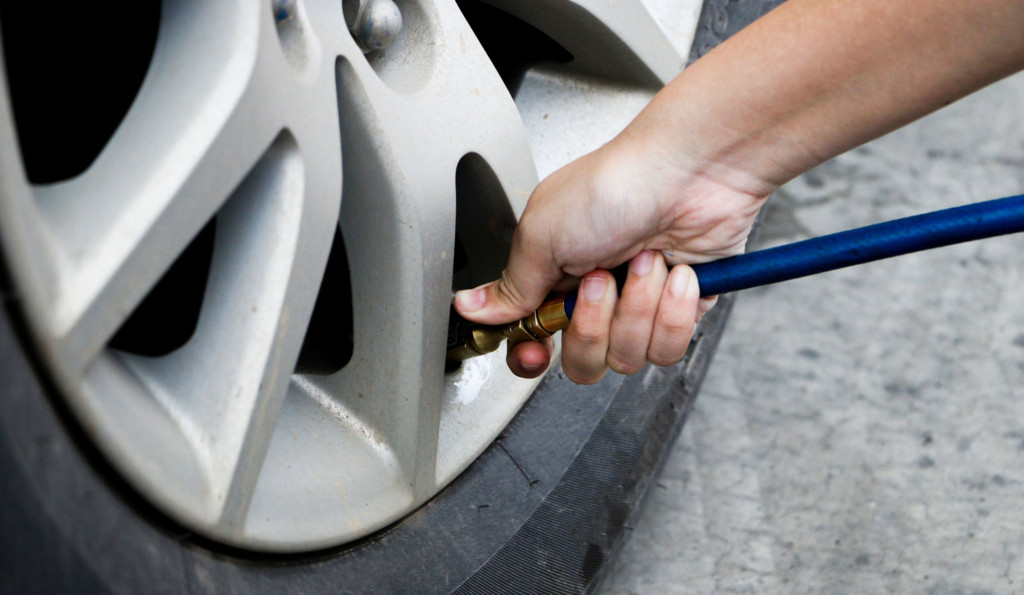
How much air should I put in my tires?
One of the most common car maintenance questions drivers ask is “How much air should I put in my tires?” You can find the recommended tire pressure in your vehicle’s manual or on the ‘placard’ on the inside of your driver’s door. Always fill your tires to the recommended level.
Does TPMS eliminate the need to routinely check your tire pressure?
TPMS does not eliminate the need to routinely check your tire pressure. You should still check each of your tire’s pressure with a gauge once a month to make sure all pressures are optimal. Here’s why: TPMS is only triggered when your tires are more than 25% below proper tire pressure. If you’re driving on under-inflated tires, you’re wearing your tires out faster, getting fewer miles per gallon, compromising handling, and increasing your braking distance.
Optimal tire pressure is just that, optimal. Driving on tires that are under-inflated will increase the risk of accidents, tire failure, and vehicle damage, even if the tires are not all the way to 25% below proper pressure. Keeping your tires inflated to the proper pressure can reduce CO2 emissions, decrease tread wear, and maximize your gas mileage.
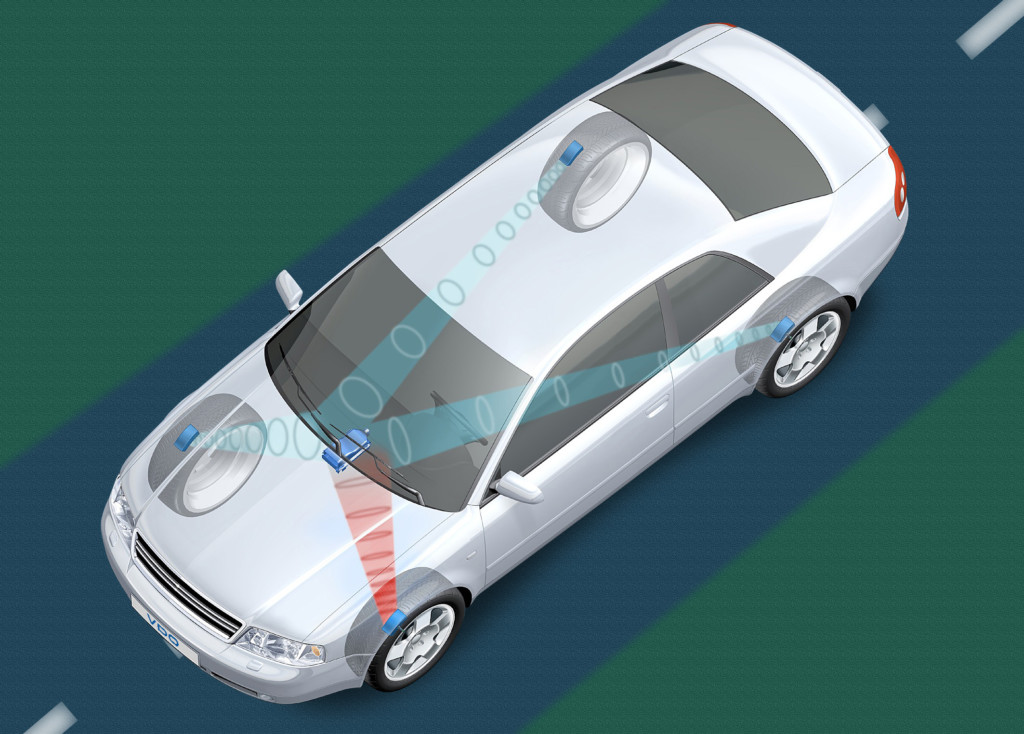

When did cars start using TPMS?
The awareness of the need for a practical, affordable Tire Pressure Monitoring System dates back to the 1970s, when studies from Indiana State University and Goodyear revealed that about 1.5% of all motor vehicle accidents were attributable to under-inflated tires.
However, what led to a Federal mandate for TPMS in all passenger vehicles was the more than 3,000 injuries resulting from crashes involving the 1991 Ford Explorer and their Firestone tires.
In the early nineties, SUVs were first becoming widely popular. Many, including the Ford Explorer, were built on truck platforms. While drivers liked SUVs’ utility, they found their ride harsh. To minimize the ride harshness, Ford specified the Explorer’s tire inflation at the very low end of the tire manufacturer’s recommend inflation range. That meant if the tire became even slightly under-inflated, it was at a dangerously low inflation. Those 1991 Ford Explorers that were being driven at dangerously low tire pressures had a tendency to roll over in emergency maneuvers, resulting in 250 deaths.
The investigation behind this tragedy lead Congress to pass the Transportation Recall Enhancement, Accountability, and Documentation, or TREAD Act of 2000. That act specified that all passenger vehicles under 10,000 pounds sold in the U.S. after September 1, 2007 must be equipped with a warning system that alerts drivers if any tires on the vehicle are at least 25% under-inflated. Additionally, the TREAD Act stated that whenever the ignition is on, the TPMS must alert the driver if there is a malfunction in the system.
Your TPMS light could save your life
Is your TPMS light on? Don’t ignore it, don’t delay dealing with it. Stop driving and get your tire changed. That light is telling you that you’re driving a dangerously under-inflated tire. That can cost you anything from a ruined tire to a lost life.
